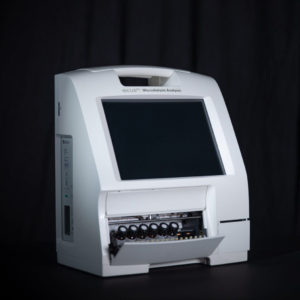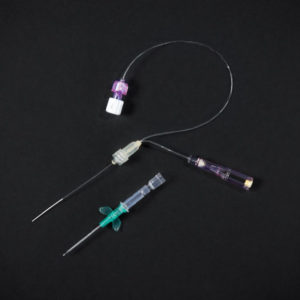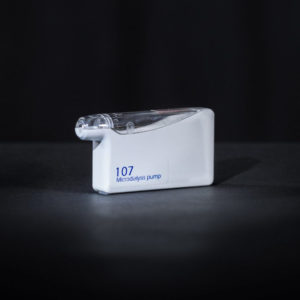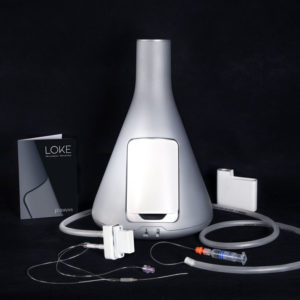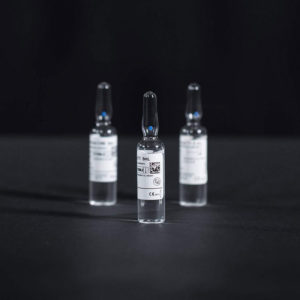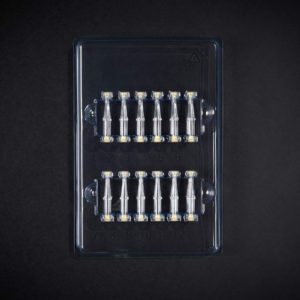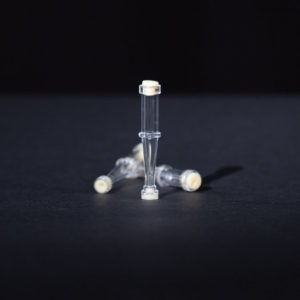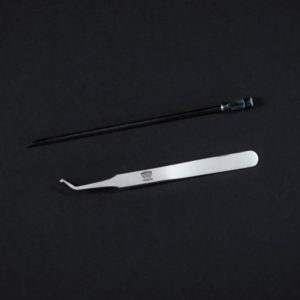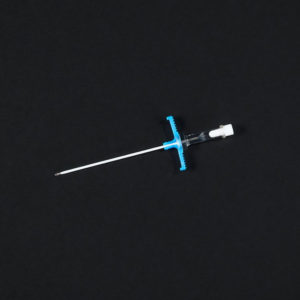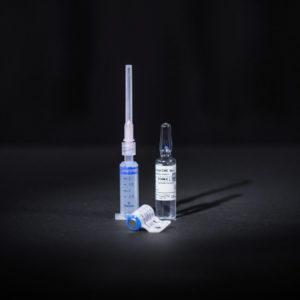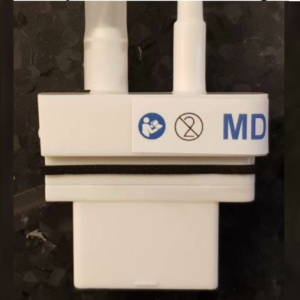Overview
Microdialysis is used successfully to address various issues in many different clinical fields, such as monitoring for early detection of secondary brain injuries and flap thrombosis. It is also used in Clinical research applications, such as early indication of transplant rejections and anastomosis leakage.
In clinical pharmacology microdialysis is used as a tool to measure target site concentrations of antibiotics or anticancer drugs in different tissues and organs and to subsequently relate target site PK to PD. Leading university hospitals around the globe use M Dialysis’s clinical solutions for continuous monitoring of specific tissues and organs.
As global drug development costs continue to escalate, partially because of the high attrition rate of development candidates, there is increasing pressure to improve the predictability of clinical outcomes from preclinical studies. By understanding the exposure in the appropriate biophase, as well as the effect of a drug candidate at the site of action, selection and optimal doses of the best compound can be improved.
Focus application areas
| Reconstructive Surgery |
| A reliable and cost-effective tool that controls the success of the flap transfer. It can identify ischemia or a thrombosis and is preferably used on deep buried flaps. |
| Neuro Monitoring |
| A unique and effective tool that offers an early indication of secondary injuries and makes it possible to guide and evaluate therapy after Traumatic brain Injury and Subarachnoid Hemorrhage. |
| Clinical Research |
| A unique method for monitoring local tissue and organs after surgery with the potential to identify secondary complications and guide therapy It can also be used to investigate drug delivery into local tissues and organs. |
The principle of Microdialysis
Microdialysis is a minimally invasive technique to explore and monitor the chemistry in living tissues.
Continuous tissue monitoring is enabled through the insertion of small Microdialysis catheters. A physiological salt solution is slowly constantly pumped through a semipermeable membrane and the solution is equilibrated with the surrounding tissue fluid.
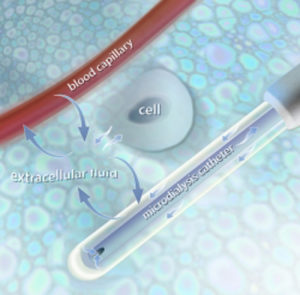
The Microdialysis Catheter mimics a blood capillary. Substances from the extracellular fluid of the tissue diffuse across the membrane of the catheter into the perfusion fluid inside the catheter.
The main design resembles a concentric tube where the perfusion fluid enters through the space between an inner tube and the outer dialysis membrane; the perfusion fluid flows to its distal end and exits in the tube, It is between the inner tube and the membrane where the “dialysis” takes place, i.e. the diffusion of molecules between the extra cellular fluid and the perfusion fluid.
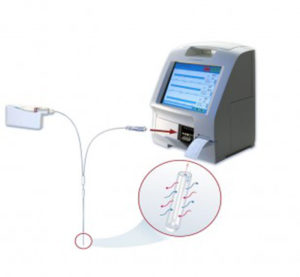
Substances from the extracellular fluid diffuse through the membrane of the microdialysis catheter into the space between the inner tubing and the outer dialysis membrane, enter into the inner tube. The “microdialysate” is then collected in a microvial to be analyzed.
Microdialysis offers the opportunity to sample tissue chemistry with high accuracy and without taking any blood. The dialysate is extracted into small vials for bedside or laboratory analysis.
Clinical Microdialysis
Microdialysis Catheters, Analysers, Pumps, Reagents, Consumables and Accessories

